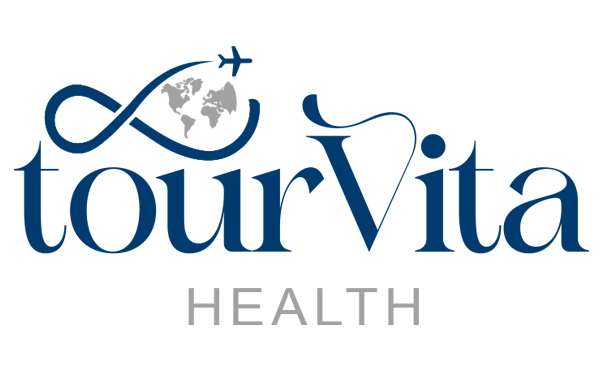
Revision Rhinoplasty
August 20, 2023
Face and Neck Lift Surgery
August 20, 2023REVISION RHINOPLASTY
Closed rhinoplasty is also known as "scarless" rhinoplasty. The experience of the surgeon is important in this method. The healing process is faster and there are no suture scars. These surgeries are preferred for post-injury deformities, breathing difficulties or to achieve a better appearance. Rhinoplasty surgeries, which have been performed for many years, can now be performed without leaving a stitch mark. Closed nose surgery is performed by directly entering the nostrils, so there is no surgical incision at the tip of the nose. This method is frequently used especially for nose tip aesthetics.

HOW IS CLOSED NOSE AESTHETICS PERFORMED?
Closed rhinoplasty surgeries are usually performed under general anesthesia. If the patient does not have serious problems in the nose and the area to be intervened is limited, local anesthesia can also be used. The duration of surgery can vary from 1 to 3 hours. Surgical instruments are inserted through the nose, incisions are made and the necessary procedures are performed. Then aesthetic stitches are placed inside the nose and the surgery is completed.
WHAT ARE THE ADVANTAGES AND DISADVANTAGES OF THE CLOSED TECHNIQUE?
The closed rhinoplasty technique can be a challenging procedure for surgeons. Therefore, it is important that the surgeon who will apply this method is experienced and specialized enough. Due to the limited field of view, the surgeon must perform the procedure meticulously.
However, the biggest advantage of this method is that postoperative edema and swelling decrease rapidly and the recovery time is shorter than with open techniques. No possibility of scarring, natural appearance and short operation time provide a comfortable recovery process for the patient. In addition, soft tissue and skin are not damaged thanks to the incisions made through the nose. Since the amount of nerve cut is also reduced, patients feel less numbness after surgery. This method also allows for better support of the tip of the nose.
IN WHICH CASES IS CLOSED RHINOPLASTY APPLIED?
With the closed rhinoplasty method, low nasal tip, nasal bone curvature, arched nasal arch, nasal wings problem and nasal dorsum problems are successfully corrected. In this method, filing techniques are used without the need for breaking. If necessary, additional interventions such as cartilage tissue transplantation can also be performed.
WHAT IS THE POST-OPERATIVE PROCESS?
If the procedure is performed under local anesthesia, the patient is discharged the same day. In surgery performed under general anesthesia, the patient may need to be monitored overnight. Silicone splints and protective tape are placed on the nose to reduce postoperative bleeding. These splints are breathable, so there are no breathing problems and no need for plaster casts or tampons. Splints are usually removed after 2-3 days. Since the aesthetic sutures are placed inside the nose, they dissolve spontaneously and do not need to be removed. Mild swelling and edema may be observed in the first 48 hours after surgery. Patients can usually return to their normal lives within 1 week-10 days. You can take a bath 3 days after the surgery, but it is recommended to avoid heavy sports for 2 months, stay away from the sun's rays and wear a hat instead of sunglasses for 2 months.
Closed Rhinoplasty
- Operation Time: 2 - 4 Hours
- Permanence of Results: Lifetime
- Hospitalization 1 Day
- Sensitivity Period: 2 Weeks
- Anesthesia General Anesthesia
- Return to Work Period: 10 Days



